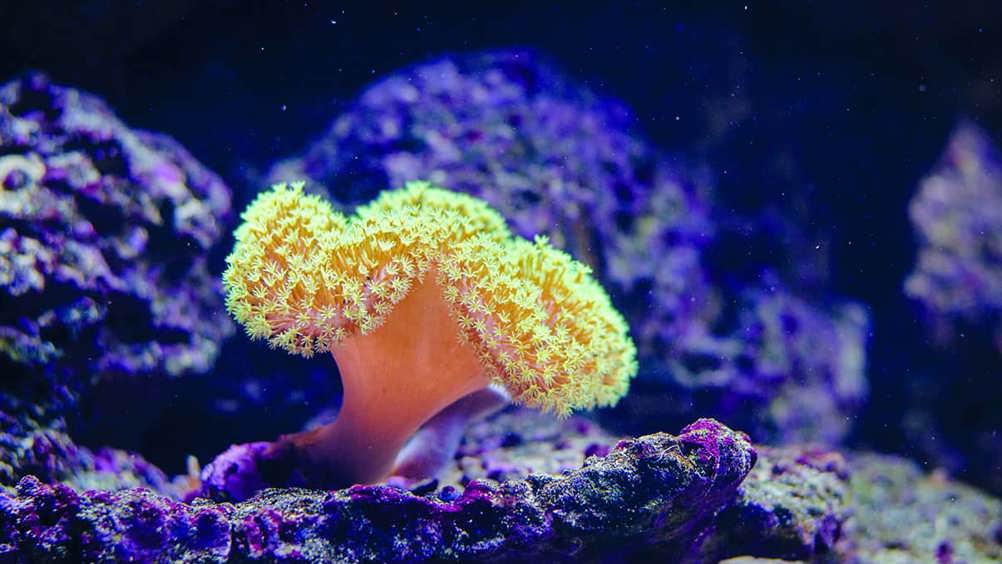Artificial aquatic polyp could help clean up oceans
Scientists in the UK and Netherlands have developed an artificial aquatic polyp, a technology that could be used to remove contaminant particles from water.

Coral polyps are small, soft creatures with a stem and tentacles that nourish corals and aid the coral's survival by generating self-made currents through motion of their soft bodies.
Race to save the Great Barrier Reef
Pushing the boundaries of UAV tech to protect marine life
Now, scientists from WMG at the University of Warwick, led by Eindhoven University of Technology in the Netherlands, have developed a 1cm by 1cm wireless artificial aquatic polyp that, apart from cleaning, could be used in medical diagnostic devices by picking up and transporting specific cells for analysis. Their findings are published in PNAS.
In their paper the researchers demonstrate how their artificial aquatic polyp moves under the influence of a magnetic field, while the tentacles are triggered by light. A rotating magnetic field under the device drives a rotating motion of the artificial polyp's stem. This motion results in the generation of an attractive flow which can guide suspended targets, such as oil droplets, towards the artificial polyp.
Register now to continue reading
Thanks for visiting The Engineer. You’ve now reached your monthly limit of news stories. Register for free to unlock unlimited access to all of our news coverage, as well as premium content including opinion, in-depth features and special reports.
Benefits of registering
-
In-depth insights and coverage of key emerging trends
-
Unrestricted access to special reports throughout the year
-
Daily technology news delivered straight to your inbox










BEAS funding available to help businesses cut energy costs
And not a moment too soon, if the following exchange broadcast last Friday 13th June, on the Radio 4 ´Rare Earth´ program (link below, ~ 17 minutes...